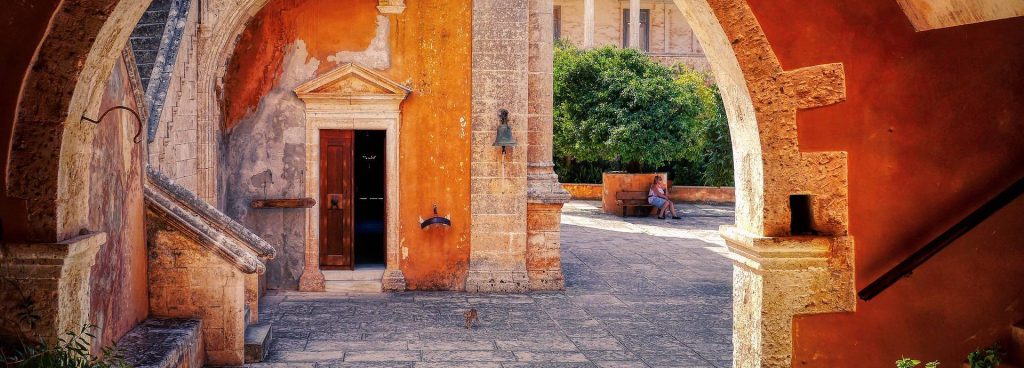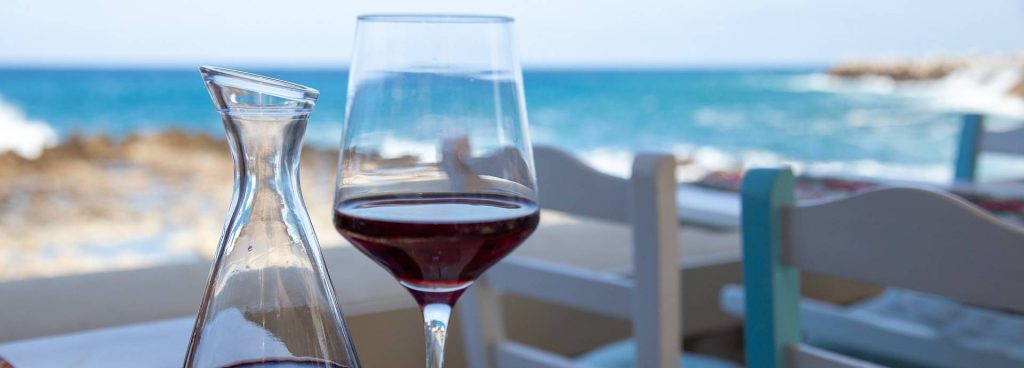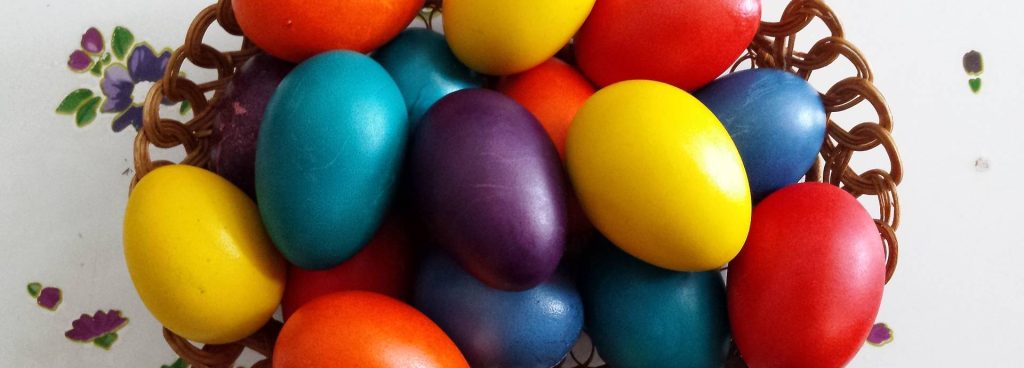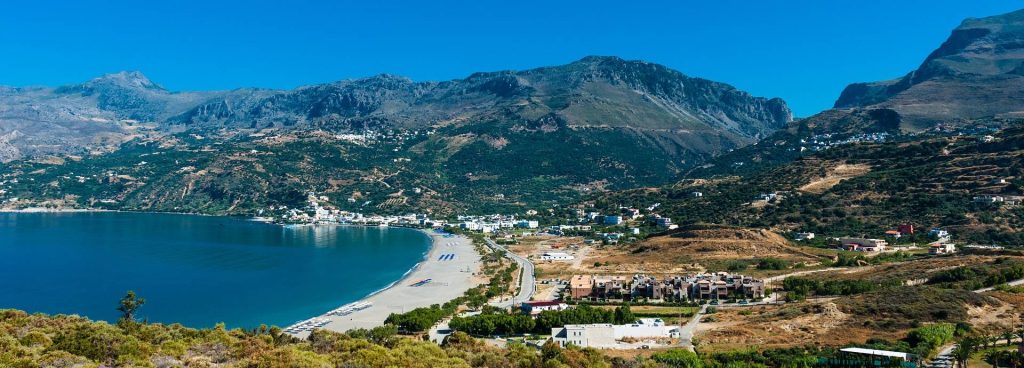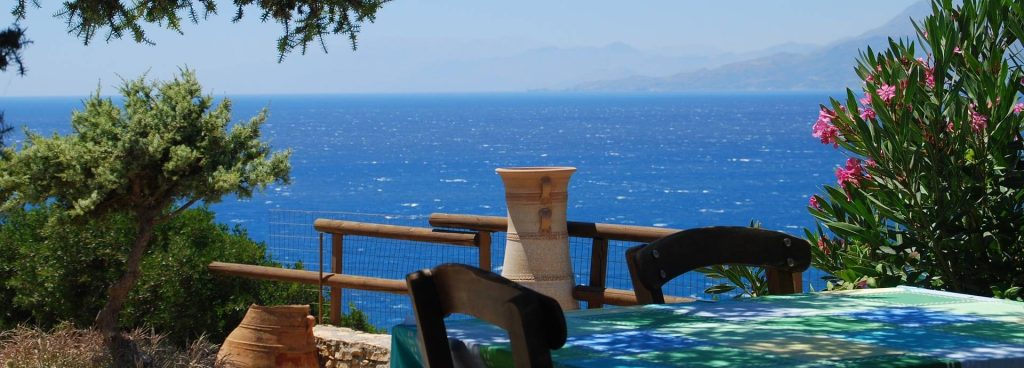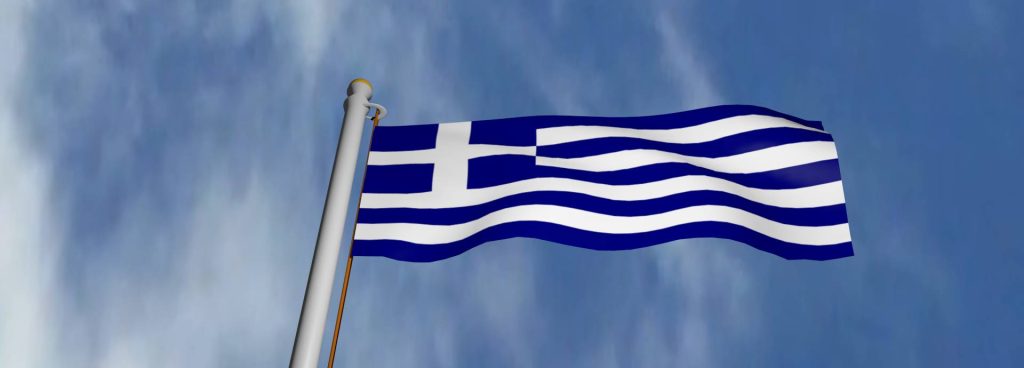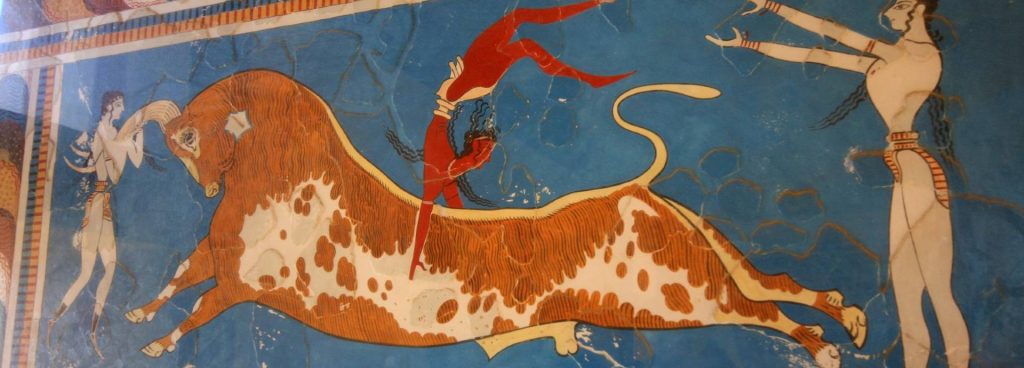Your legendary vacation world
Many of the stories in Greek mythology have to do with Crete, indicating that later people saw their cultural roots here. These myths still surround the island today with a mysterious glow and special magic.
The central role in Cretan mythology, of course, is played by the Greek father Zeus. He fell in love with the beautiful Europa, the daughter of King Agenor of Phenicia, and abducted her to Crete in the form of a snow-white bull. Here he fathered three sons with her, Minos, Rhadamathys and Sarpedon.
Minos became king of Crete (Knossos), Rhadamanthys resided in Phaestos, while Sarpedon had his palace in Malia. Since Zeus soon had other loves, Europe married the Cretan King Astarios. From this marriage there was a daughter named Krete, who gave the island its name.
Minos was taught to rule by his father Zeus in the Idagrotto for 9 years and came back with laws for his future kingdom. As a confirmation of his rule over Crete, Poseidon (god of the seas) gave him a magnificent bull as an offering. Minos, however, drove this bull to the herd and sacrificed a worse one for it. As a punishment, Poseidon let Pasiphae (wife of Minos) fall violently in love with this sturdy white bull. The love for the bull became so hot that Pasiphae revealed himself to the Daedalos (one of the most famous artisans) and confessed her desire to him. Daedalos made a bronze cow in which Pasiphae hid himself.
Then she gave birth to the Minotaur (= man with a bull's head). Horrified by this creature, Minos again commissioned Daedalus to build a labyrinth to hide this monster.
During a war against the Athenians, Androgeus, one of the sons of Minos, was killed. As atonement for this, the Athenians had to send 7 young men and virgins to Crete every nine years, who were thrown to the Minotaur to eat. When hostages were once again sent to Crete, Theseus joined the youths with the intention of killing the Minotaur and thus releasing the Athenians from this cruel burden. Theseus' father Ageus was very saddened by this decision and it was agreed that Theseus should hoist a white sail on his return as a token of his success. After arriving in Knossos, Theseus fell in love with Ariadne (daughter of Minos). She promised Theseus that she would help kill her half-brother Minotaurus if he would take her to Athens as his wife. Theseus agreed to marry her and received a magical ball of wool from Ariadne, the thread of which showed him the way out of the labyrinth.
He killed the bull and fled Crete with Ariadne. They stopped on Naxos, where Theseus left Ariadne on the advice of the gods.
On his return Theseus forgot to set the white sail. His father Ageus was waiting for him with sorrow. When he saw the black sail, he threw himself in despair into the sea, which is named after him the Aegean Sea.
Minos had Daedalus and his son Icarus incarcerated in the labyrinth as punishment for helping Theseus escape. However, the accomplished designer made wings for himself and his son with which they escaped through the air. When Ikaros, intoxicated by the altitude and the speed, came too close to the sun, the wax on his wings melted and he fell into the sea near an island. Since then this island has been called Ikaria and the sea has been called Icarian. Daedalus flew on to Sicily, where he was accepted by King Kokalus.
However, Minos' thirst for revenge was not yet quenched. In order to find Daedalos, he gave all royal courts the task of pulling a fine thread through a spiral-shaped shell. Finally Minos found the famous inventor who solved the problem by tying the thread to an ant and luring it through the shell with honey. To prevent Minos from catching Daedalus, the daughters of Kokalos scalded the king in the bath.
The archaeologists have actually found products from the Aegean region in Sicily, and Sicilian place names such as Heraklea Minoa can refer to Minoan refugees.

